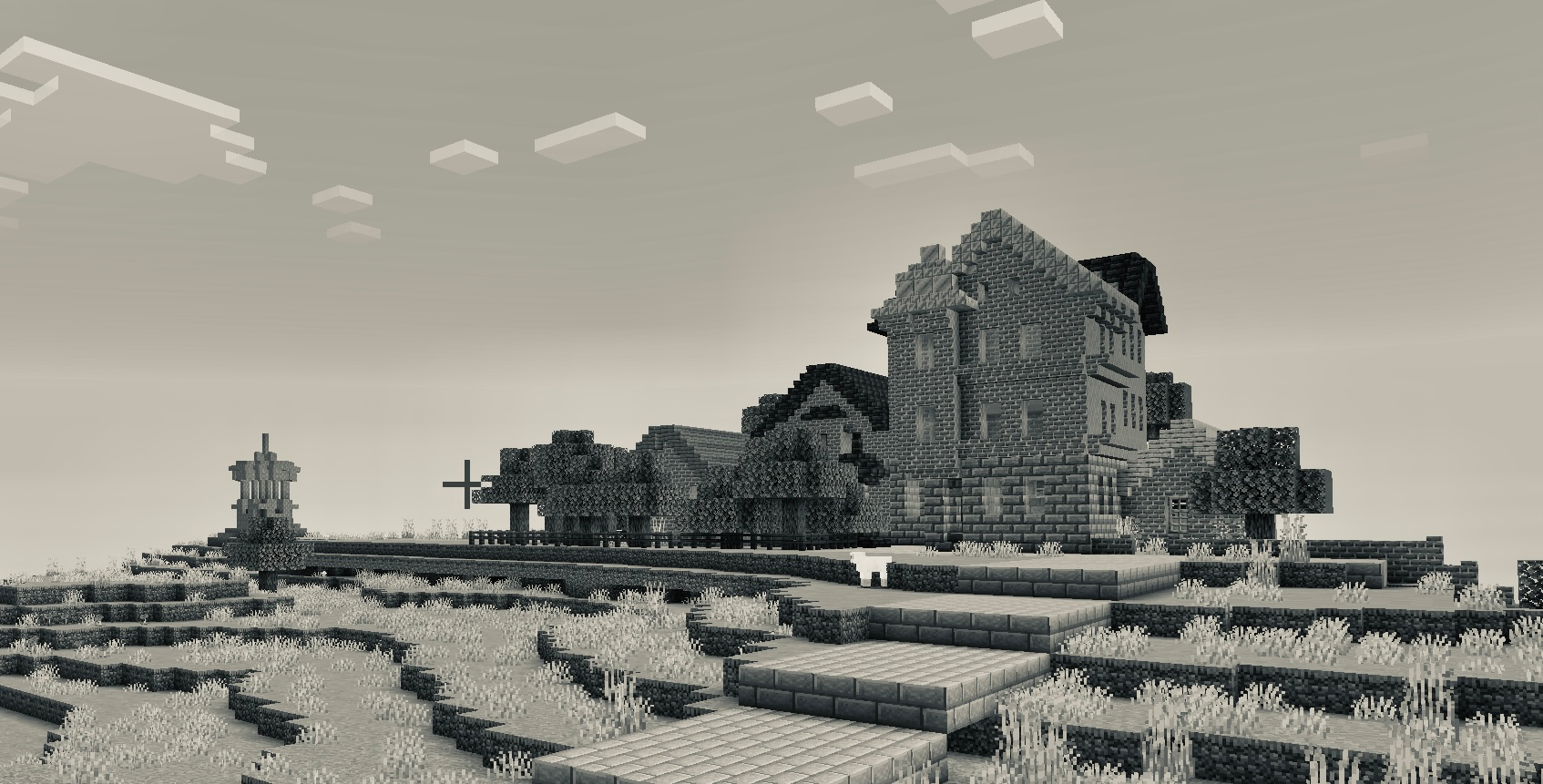Unannounced Resettlement to Enmerson Sparks Political Uproar Count Rythor’s “Agrarian Advance” Raises Tensions Amidst Fears of Permanent Occupation
Inverportshire Anchor
6/16/2025
Inverportshire—In an unexpected and unannounced manoeuvre, caravans numbering nearly one hundred persons each were observed being escorted by armed military personnel into the contested lands of Enmerson earlier this week. Laden with household goods, livestock, and farming tools, these westward families are said to have originated from the recently settled boroughs of the Four Western Lands, notably Arpinton and Farinton.
The operation, conducted under a veil of secrecy, has startled observers across both Inverportshire and the greater Pilegron Metropolitan Area. No official decree had been issued prior to the movement, and members of both the Inverportshire City Council and Pilegron’s Senate have expressed sharp disapproval at what many are now calling a “quiet occupation.”
Count Rythor, questioned at yesterday’s council session, defended the migration as a measure of economic foresight. “The orchards of Enmerson lie fallow. In times of recovery, we must use the land that is ours—by toil, if not by treaty.” He denied accusations of impropriety, insisting the resettlement aligns with Inverportshire’s broader agrarian and industrial policy.
Yet, the Count’s justification has been met with widespread scepticism.
“It is quite evident what Count Rythor is attempting,” stated Professor Ryan Hughes of the University of Pilegron’s Faculty of Military Sciences. “This is not a matter of cultivation, but of cartography. By placing loyal citizens within contested borders, Inverportshire is attempting to redraw the lines of jurisdiction without formal negotiation.”
It has now been over eighteen months since the grandiose Enmerson Expansion—once hailed as a monument to Inverportshire’s modernity—was indefinitely halted. The collapse of the Inverportshire East India Trade Company (IEITC) plunged the city into economic disrepair, forcing the abandonment of numerous civic works, including the now-derelict Grand Hotel and the uncompleted Victory Column. Investor confidence in the Enmerson venture, never fully restored, remains tepid despite signs of a broader economic recovery.
With infrastructural development now focused on practical extensions such as the western railway and public markets, Enmerson has become a silent casualty of strategic reprioritisation. But the recent migration has once more brought it into the geopolitical spotlight.
Of particular controversy is the fact that the settlers have reportedly been granted Inverportshire citizenship—prior even to the formal borough status of the Four Western Lands. “This is no ordinary settlement,” one city official remarked anonymously. “It is the planting of a flag.”
Tensions continue to mount as Pilegron authorities remain adamant that parts of the Enmerson territory fall within their rightful jurisdiction. Two known settlements built by Pilegron in recent years have only deepened the dispute.
Meanwhile, legal complications loom. Enmerson, like the northern orchards of Rythor, exists in a zone of uncertain sovereignty. An earlier attempt by the City to erect housing complexes near the Great Cathedral in Rythor sparked protests and legal challenges. A rise in anarchist and Marxist agitation in the past three years has only intensified public unrest.
The orchards, nominally semi-autonomous and governed by a patchwork of customary law and agricultural agreements, may now prove to be the thorniest administrative challenge Inverportshire has yet faced.
As the sun sets over the windswept fields of Enmerson, one question echoes through both chambers and chapels: Is this the beginning of revival—or the planting of a new conflict?
It is concerning that Inverportshire would take such drastic measures without proper consultation. This blatant disregard for established borders could lead to further instability and conflict.
It's good to see someone trying to make Enmerson work again, even if it is a bit controversial.
It's exciting to hear about new families moving to Enmerson! I hope they have lots of adventures and grow yummy fruit!
It seems like Count Rythor is trying to build a community in Enmerson. I wish those families all the best in their new home.
They say Enmerson is empty! I bet those families will grow all sorts of wonderful fruits and vegetables!
This whole affair reeks of desperation. The Count is grasping at straws to revive his failing Enmerson project.
It seems Count Rythor is determined to make Enmerson work, regardless of what others think. I wonder if these families truly understand the risks they are taking.
It seems Count Rythor is making a bold move with this resettlement! I hope these families thrive in Enmerson and that the orchards flourish again.
I wonder if they'll need a good seamstress in Enmerson? Perhaps I should offer my services.
It seems like a bold move by the Count, but I do hope these families have been given all the information about the potential dangers of settling in such a contested area.
